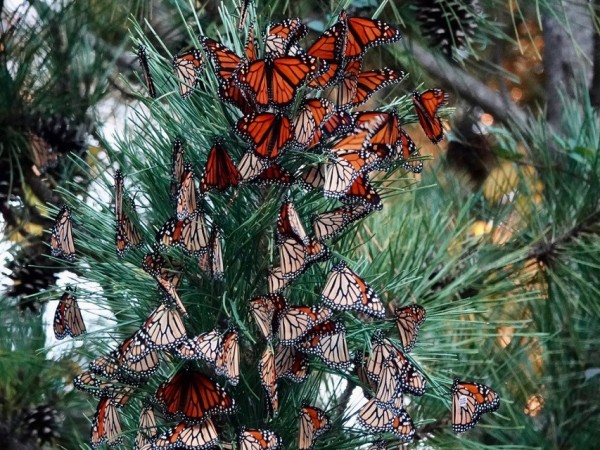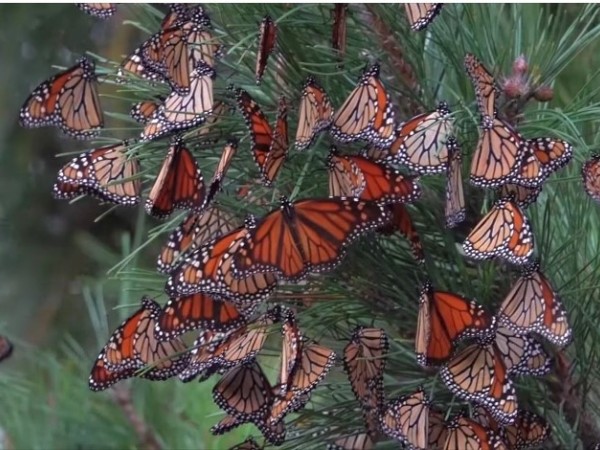Summary of Fall Monarch Migration at Cape May
Published: 02/02/2022
By Bob McClennen
Monarch season started for us at the end of July when we developed a routine for doing a monarch count at Cape May Point. We found that there were quite a few monarchs present even in late July and early August, although these were probably breeding monarchs, not migrating. At least until the middle or end of August.
In September we joined the Monarch Monitoring Project of the Cape May Bird Observatory, primarily as monarch taggers, although we assisted at the tagging demonstrations at the state park on weekends. It was a very successful season from the standpoint of tagging as 28 taggers tagged a total of 4800+ monarchs, the earliest on August 28 and the last on November 10. This was the seventh highest number of tags in the 30 years that the project has been going on.
There were several things about this season that make it interesting to analyze. It was really 2 seasons. There was a large push of monarchs between September 26 and October 4. This included several roosts, including a fairly large one on the night of September 30 and October 1. It was estimated that 1500 butterflies were roosting in the cedars and pines of St. Peters beach entrance at Cape May Point and at least one observer estimated that about 1000 people came at some point to take a look.
After October 4 conditions turned unfavorable and there was a lull until October 14. Then migration resumed in earnest until October 25. This also included a large roost in the same place October 19-20. I estimate 150-200 people visited in the hours between 7-9 AM that morning.
It’s interesting looking at the tagging data for the two peak migrations. From September 26 until October 4, the team tagged 1633 monarchs, or 33.9% of the total for the season. From October 14 until October 25, 1777 monarchs were tagged or 36.9% of the total. Or to put it another way, more than 2/3 of the total tagged this season were tagged within 2 weeks of the 9-week season. The timing of the 2 peak weeks is in keeping with the recent trend for peak monarch migration to be later in the season than it was 20 or more years ago.
After October 26 migration slowed down rapidly. Only 160 monarchs were tagged during the remainder of October and 64 during November, with the last being on November 10.



